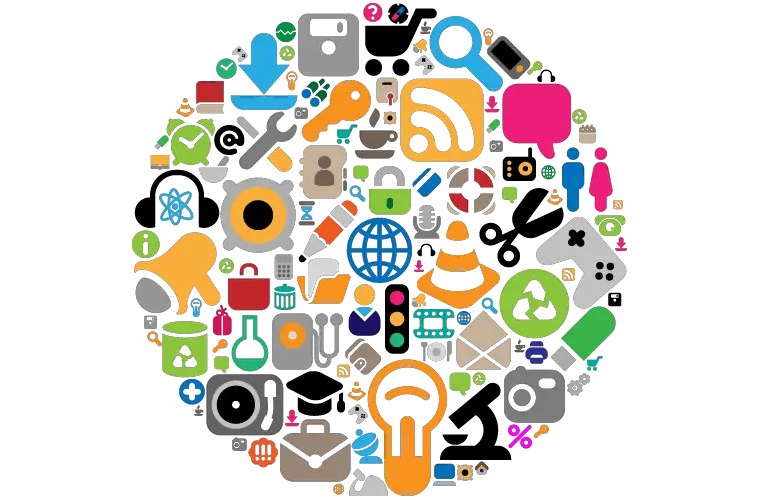Programmatic display advertising represents a significant advancement in digital marketing, utilizing automated technology to purchase and optimize digital campaigns more efficiently than traditional methods. This guide explores the intricacies of programmatic display advertising and how businesses can leverage this technology to streamline their advertising efforts and achieve precise targeting with real-time adjustments.
Understanding Programmatic Display Advertising
Programmatic display advertising involves the use of software to buy digital advertising space automatically, without human intervention. This process uses algorithms and real-time bidding (RTB) to purchase ad inventory that reaches the right audience at the optimal time and at the best price.
Key Components of Programmatic Advertising:
- Data Management Platforms (DMPs): These collect and analyze a vast amount of cookie data to help advertisers make more informed decisions about whom to target.
- Demand-Side Platforms (DSPs): These allow advertisers to buy ad inventory from a marketplace where they can bid on ad space in real time.
- Supply-Side Platforms (SSPs): These are used by publishers to sell ad space to advertisers automatically and maximize the prices they receive.
Benefits of Programmatic Display Advertising
Programmatic technology offers several advantages that make it an attractive choice for modern digital marketers:
- Efficiency and Speed: Automation makes the ad buying process faster and more efficient, as it eliminates the need for proposals, quotes, and human negotiation.
- Precision Targeting: Utilize advanced data analytics to target users based on behavior, demographics, and psychographics, ensuring that your ads are shown to the audience most likely to be interested in your products or services.
- Cost-Effectiveness: Real-time bidding helps ensure that you are paying the best possible price for ad impressions, maximizing your return on investment.
- Scalability: Easily scale your advertising efforts up or down based on real-time performance data, allowing for flexibility and agility in campaign management.
- Improved ROI: With enhanced targeting capabilities and efficient spending, programmatic advertising often yields a higher return on investment compared to traditional advertising methods.
Strategies for Effective Programmatic Display Campaigns
To maximize the effectiveness of programmatic display advertising, consider the following strategies:
Integrate Rich Media Ads
Leverage rich media formats such as videos, interactive ads, and expandable banners to engage users more deeply and increase the likelihood of conversion.
Leverage Artificial Intelligence
AI can analyze vast amounts of data to continuously optimize your ad campaigns and improve targeting based on user behavior and preferences.
Focus on Mobile
With increasing mobile usage, ensure your programmatic ads are optimized for mobile devices, considering aspects like screen size, device type, and mobile user behavior.
Ensure Brand Safety
Use whitelists (approved sites) and blacklists (blocked sites) to ensure your ads only appear on sites that align with your brand values, protecting your brand’s reputation.
Regularly Review and Adjust Campaigns
Continuously analyze the performance of your adveritsing campaigns and make adjustments to your strategy based on data insights. This includes tweaking your targeting parameters, adjusting bids, and experimenting with different ad creatives.
Conclusion: The Future of Digital Advertising
Programmatic display advertising is transforming the landscape of online advertising by making it more efficient, targeted, and measurable. As technology continues to evolve, embracing programmatic advertising can provide businesses with a significant competitive edge, allowing for more personalized, strategic, and cost-effective ad campaigns.





